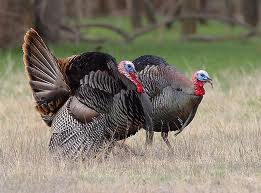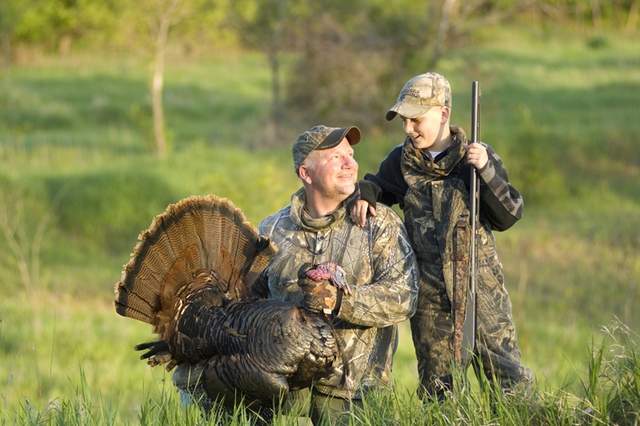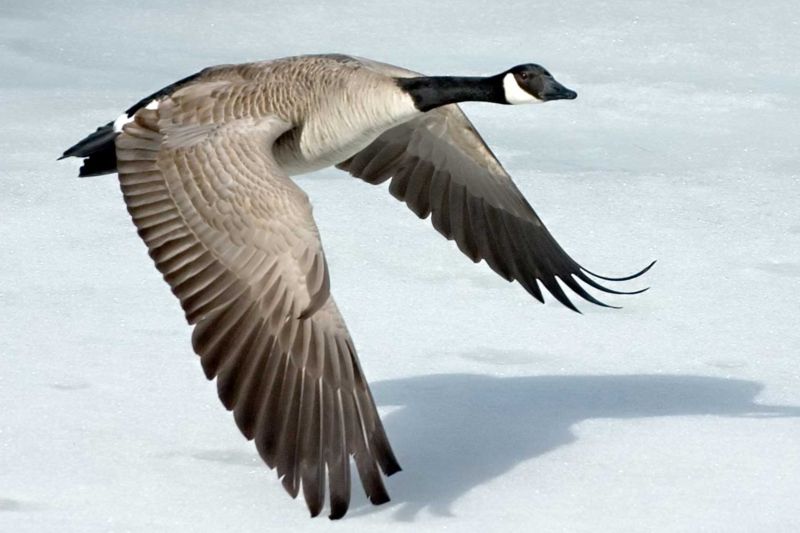Early stage (starting) of brooding is of crucible importance for poults as they are reluctant to eat and drink, hence have more tendency to perish than chicks or ducklings for unknown reason. Therefore, they should be provided with ample facilities for feeding, drinking, and lighting. Intensive rearing has made turkey more susceptible to various infections and control measures through preventive …
Read More »Types Of Poultry
Rearing of Turkeys at Your Backyard
Most of the private and home based farmers widely consider raising turkeys for meat. The best and most affordable manner in which the goal can be achieved is by making use of the day old turkeys. But before your consignment of turkeys arrives, you should prefer to set up an area for the brooding process. The same is done at …
Read More »Wild Turkeys Facts and Hunting
Hunting Wild Turkeys is a game that has always attracted a number of hunters from all corners of the world. Have you ever imagined going on a turkey hunt in order to find that there are no turkeys left? It would indeed be shocking to see something like this happen. In the 1930’s there did came a time where the …
Read More »An insight of Geese
The geese which are used for the poultry related purposes are known as domestic geese. They are used in the poultry industry for the purpose of eggs, meat and for their down feathers. Since the olden days, they have been used for a number of purposes. Some people used to keep as pets while others made use of them …
Read More »


